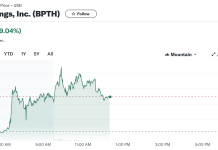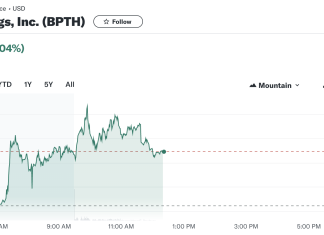Kezar Life Sciences Inc. (NASDAQ: KZR) has announced preliminary results from the second portion of the MISSION clinical study evaluating KZR-616 in patients having active, proliferative lupus nephritis. KZR-616 is a first-in-class selective immunoproteasome inhibitor.
Kezar presents Phase II MISSION findings
The company’s CEO, Noreen Henig, said, “The MISSION Phase 2 interim results present a strong signal that KZR-616 is active and could be a meaningful therapy for patients with lupus nephritis, a long term and difficult to treat disease. Reduction in proteinuria, as quickly as possible, is an important therapeutic goal for patients with lupus nephritis, and we observed meaningful reductions at 6 months as well as encouraging data at 3 months. In addition, KZR-616 continues to appear to be immunomodulatory rather than immunosuppressive, which we believe could offer advantages over current treatments available.”
MISSION study investigator Samir Parikh said, “These interim results are important for patients living with lupus nephritis. One of the devastating consequences of the disease is kidney failure, so new immunomodulatory treatments that have the potential to protect kidney function would fulfill a substantial unmet need and could lead to better long-term outcomes.”
KZR-616 has a high responder rate in active lupus nephritis
The MISSION second phase clinical study is an open-label trial that aims to show that KZR-616 has a high responder rate in individuals with active lupus nephritis. Patients were given 60 mg of KZR-616 subcutaneously once a week (initial dose of 30 mg) in addition to the baseline therapy over the 24-week treatment duration. In the MISSION Phase II study, patients were not given KZR-616 as part of their “induction” medication, which is notable from other previously published lupus nephritis trials. Week 25 marked the end of treatment evaluations.
Five patients had reached the end of therapy, and ten had reached week 13 of treatment at the time of the interim analysis. Thus, the trial’s primary effectiveness outcome is the proportion of patients who achieve a renal response, as evaluated by a 50% or greater reduction in urine protein to creatinine ratio (UPCR) at the end of treatment.















